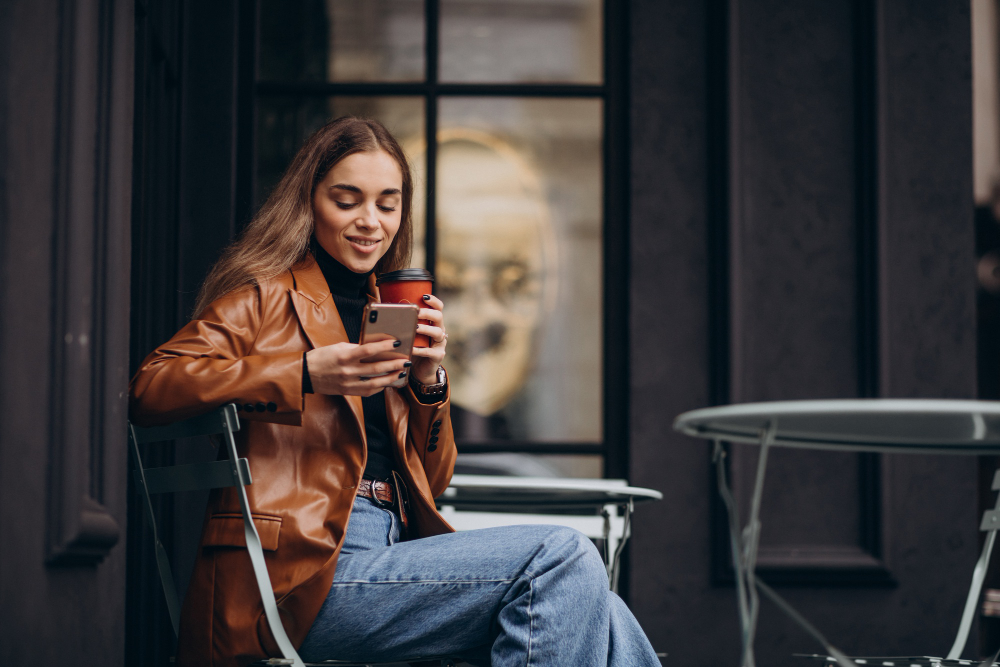Introduction
Software development services have been prevalent for some time now. Software development includes a lot of specific activities, such as requirements gathering, prototyping, modification, testing, and maintenance. Businesses and organizations need software to make their processes smooth and fast.
In today’s highly competitive world, and particularly with the Covid-19 pandemic, the services of a software development company are sought out by organizations of all shapes and sizes. Let’s explore the major services that service providers offer.
8 Major Software Development Services Today
Custom Software Development Services
Almost every IT development company today offers custom software development. Custom development, in general, is the preference of organizations that want to resolve a specific issue or want to deliver a specific software to a market segment. Big firms often develop tailored solutions to fill in the gaps of their current off-the-shelf solutions.
Usually, these include apps for customer management, human resource, content management, and inventory management. Naturally, custom software is more expensive than ready-made solutions. Nevertheless, one major advantage of this kind of software is that the customer owns the source code.
The development process is quite extensive. The company identifies the need, builds the software, performs testing, and launches the solution to the market. A custom solution is specific to a particular organization, unless it chooses to sell it as a SaaS product.
Web Design and Development
Web design and development is the most useful software development service today. To stay relevant in the market and to be on the competitive edge, organizations need a website. In every software development company, building a website and web apps is at the core.
Web app development is an extension of the standard software development with distinct characteristics, including a growing need for an iterative process of development. Web design includes UI/UX design and also includes the layout design for the site and creating the blueprint.
Website development converts a design, making it a functional app. Developing web apps has shorter development lifecycles and uses more business models than desktop apps. Furthermore, the development teams are smaller, but with a bigger variety of test plans in most instances than traditional software development.
More frequently, web developers rely on frameworks and reuse code to reduce time-to-market. In particular, reusing external components is important in reducing the time of development, which of course could lead to lesser costs.
Mobile App Development
In software development services, mobile app development is growing fast as the number of smartphone users continues to escalate. Moreover, mobile apps are also the priority of every business nowadays.
Covid-19 pressured companies to reach customers where they are most of the time, and that is on their smartphones and devices. Mobile applications are designed in particular for mobile device use, which include smartphones and tablets. They could be pre-installed as part of the manufacture of the device or delivered later on from a web server.
The limited display size makes the UI an even more important design in the process. Furthermore, the developers in a software development company should also focus on the interaction between the user and the User Interface, which involves a more stringent or tighter integration of software and hardware than conventional software development.
Another critical consideration in developing mobile apps is the choice of platform. Furthermore, it’s important to take into account the user expectations, which could greatly vary according to their platform. An even more important factor in choosing a platform is the performance of the app. There are published guidelines and benchmarks to help developers.
Cloud Computing
Cloud computing involves the availability of computing resources, including data processing and storage on demand, without active management on the user’s part. The sharing of resources enables cloud computing to achieve a bigger economy of scale. In general, cloud computing means using data centers to serve users over the web usually via distributed functions to different locations from central servers.
Furthermore, the servers could also be referred to as edge servers if they’re relatively near users. Clouds are private if they’re only accessible by one organization and public if they’re made accessible by several organizations. Typically, the development of a cloud platform requires numerous tools from several vendors.
Often, these vendors customize their tools for users of a certain platform-as-a-service that could be maintained by the user or the vendor. Usually, the platform-as-a-service includes tools for designing, developing, testing, and deploying apps, aside from other functions, like team collaboration, web services integration, and the management of app states and version control.
In cloud development, the major advantages include a great reduction in the complexity of the development environment in general, letting developers do higher-level programming. Moreover, app development is more effective since PaaS allocates platform resources automatically in response to the demand, thus facilitating the modification and maintenance of an app.
Software Prototyping
Prototyping software is the process of creating incomplete versions of an app in an iterative manner, which results in progressive enhancement. This is the same as prototyping commonly done in other fields, including mechanical engineering and manufacturing. A software prototype usually performs only a few of the required features that could be different from the final solution.
The main advantage of prototyping compared to traditional software development is that developers get feedback from users regularly, which starts early on in the project. How well the prototype matches the specifications used to rapidly create the prototype is determined by both developers and users. Project managers are also able to determine if their initial deadline and milestones are realistic.
There are four phases in the prototyping life cycle. These include requirements, development, review, and improvement. Furthermore, the processes typically focus on the User Interface. End-users, as well as other stakeholders, check out the prototype during the review stage and give feedback and propose changes if required.
DevOps
DevOps or development and operations is a combination of software development with operations, which normally are various functions in a traditional data center. The main aim of the process is to shorten the software development life cycle or SDLC and to continuously deliver software with high quality. The handling of the change request shows how DevOps could simplify operations.
When the requested change is completed, the development team passes it to the testing team, which would deploy the software to a test environment. The development and testing team could correspond on the problem to solve other additional problems, should they be discovered during testing. The completed solution could then be deployed by the operations team to the production system.
In general, DevOps automation involves repackaging platforms and apps into modules that are reusable through the use of technologies, which include virtualization and containerization. The development process requires a lot of tools for automating all phases of the development cycle in accordance with the DevOps philosophy. When the tools are fully integrated, the system administrators could implement a completely automated DevOps process with numerous separate tools. This provides better coordination between the different teams, which results in a faster software release.
QA or Quality Assurance
This is an investigative process that informs stakeholders of the quality of the app. It additionally provides a customer with an independent review of the risks in implementing the solution. The techniques in software testing include the verification that the software could do the tasks required and identifying those that it could not.
Even for the simplest components, discrete testing is infinite. Therefore, software testing should be a strategy for choosing what tests to perform, based on the available resources. Often, the testing strategy is an iterative process wherein an error is determined and fixed before doing the same test again.
A QA personnel could perform software testing the moment developers produce executable codes, instead of waiting for the app to be completely coded. The testing levels are unit, integration, and system testing. Normally, every level is performed at the different stages of the SDLC.
Digital Transformation
Digital transformation is the latest addition to software development services. Now, every software development company is a digital product partner that provides modern-tech solutions. The process involves machine learning and artificial intelligence solutions, cloud computing, robotic process automation, VR and AR, and the IoT.
The different technologies provide new opportunities as well as deliver efficiencies for enterprises to scale. The software development process helps both virtual and physical resources to help companies transform their ideas into reality. The ecosystem nurtures and equips businesses with the right resources to achieve profitability.
Conclusion
Often, a software development company provides different software development services. Some of the services specifically deal with code development on different platforms, including desktops, mobile devices, and cloud platforms. As the business world advances towards digitization, software development projects are also multiplying in their offerings.








